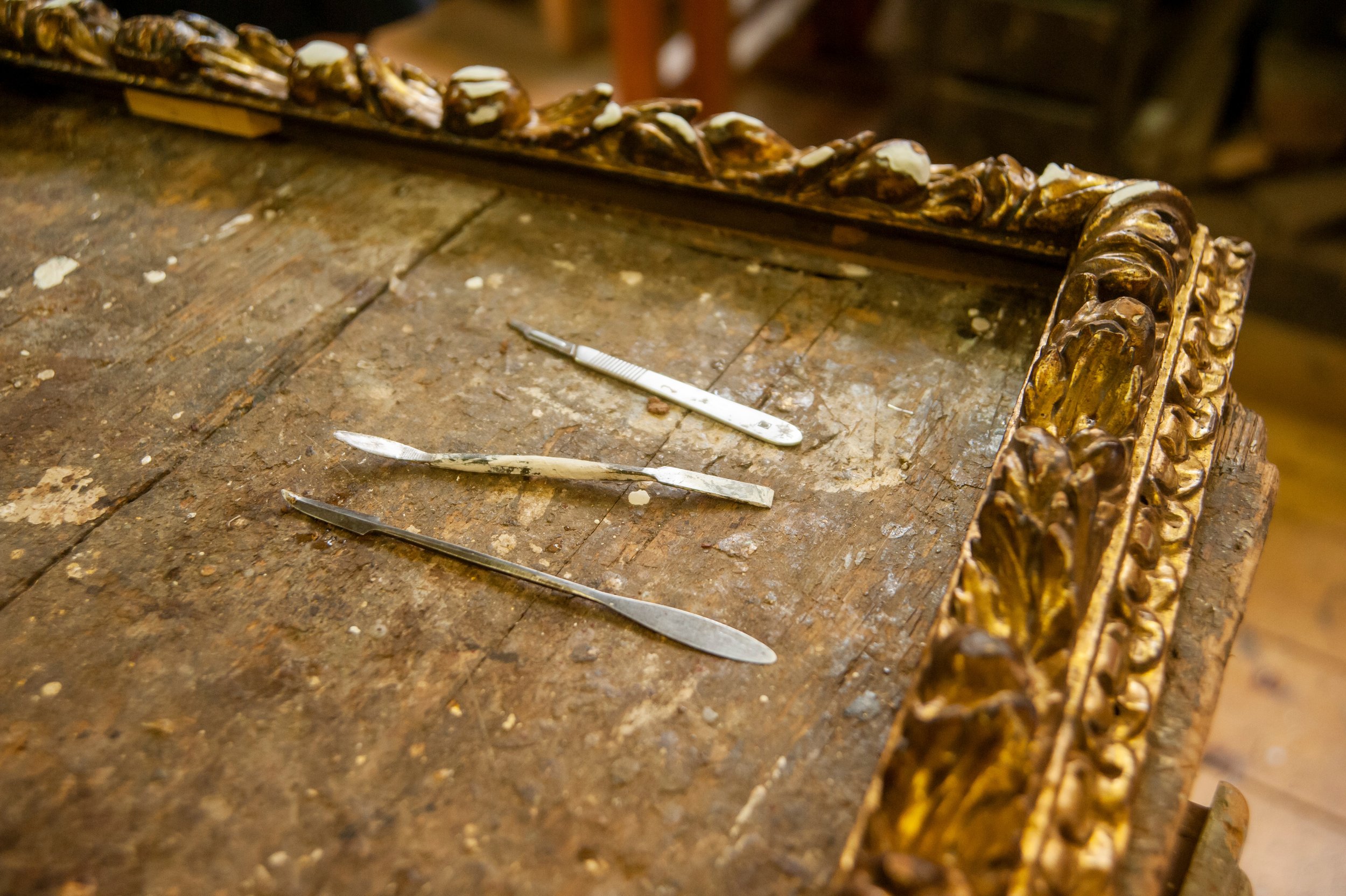
About
Meet Steve
After completing a degree in Fine Art at the former Hornsey School of Art, I worked in visual effects creating models and sets for film and television for films such as Harry Potter, The Avengers and James Bond. I was also at the Science Museum in London working on displays and interactive exhibits, before moving to France where I became a contract carpenter and joiner. During this time I found myself making bespoke frames for the artistic community there.
After returning to the UK I decided to start Malvern Framers to combine my love for craftsmanship with my passion for art. Having spent years honing my skills in precision and creativity, framing felt like the perfect way to bring those experiences together. I have discovered such a vibrant and creative community here, filled with talented artists and people who appreciate art. I wanted to serve this artistic community by offering high-quality, custom framing that truly enhances each piece of work. Every piece has a story that has personal significance and I find it really engaging hearing the stories behind the piece and choosing the right frame to show it in its best possible light.
Process and materials
As a picture framer, my job is to bring out the best in every piece of art or photograph that comes to my bench. It starts with assessing the artwork, understanding its colours, textures, and style to determine the perfect frame and matting combination. I carefully measure and cut materials, ensuring precision because even a millimeter off can affect the final presentation. Each frame needs to complement the artwork, not overpower it, while also providing protection. Once the artwork is mounted, I meticulously seal everything together, ensuring the piece is secure, dust-free, and ready to hang.
-
The frame itself is typically made from wood, metal, or composite materials. It provides the structural support and aesthetic border for the artwork, helping to enhance and protect it.
-
Mountboard, often made from paper or cotton, surrounds the artwork inside the frame. It helps create a visual space between the artwork and the frame while also preventing direct contact between the artwork and the glass, which can protect it from damage.
-
This refers to the protective covering over the artwork, usually made of glass or acrylic. It shields the piece from dust, moisture, and UV light, which can cause fading over time.

